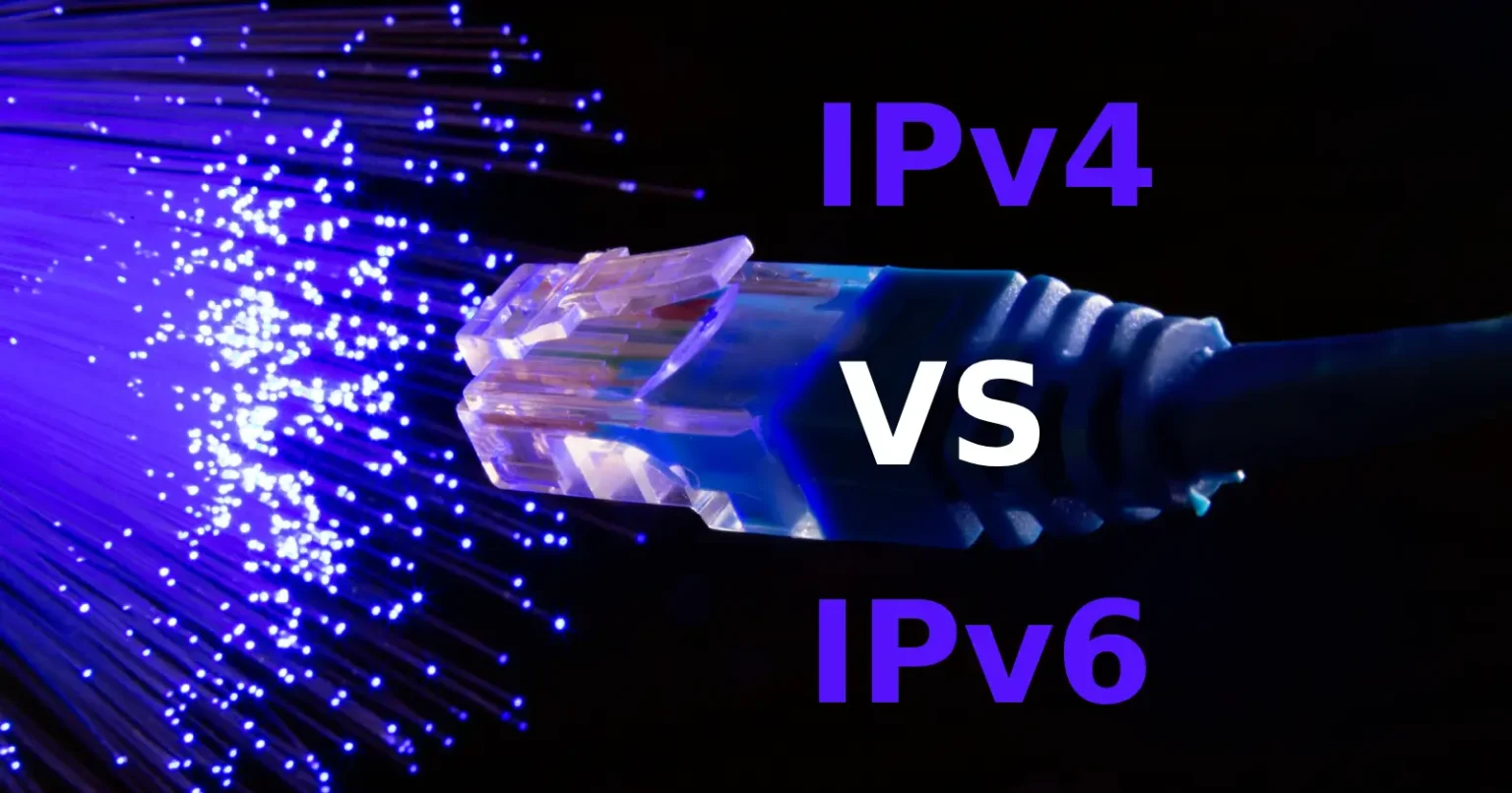Think that your internet connection is uniform across the board? Think again! The debate of IPv4 vs IPv6 is more relevant now than ever. These may sound like complex tech terms, but they are central to how your devices communicate online every single day. IPv4 has reigned for decades and still fuels the majority of the web. Yet IPv6 is silently taking over as the new boss, ready to enable the growing digital universe and its increased population of devices.
These protocols influence everything you do on the internet, including gaming, streaming, the use of VPNs, and controlling smart home devices. This article explains how the two are not the same. Keep reading to understand it. IPv4 vs. IPv6 is something that you need to know more about than ever today.
What is IPv4?
Developed in 1983, IPv4 is the original Internet Protocol Suite and allows computer networks to operate via packet exchange. This is a 32-bit numeric format. It is capable of assigning a unique identifier to nearly 4.3 billion individual devices.
IPv4 addresses are composed of four octets. Each is divided by a period and written in decimal form, ranging from 0 to 255. This number-based structure made it simple to read and recall, yet limited the total count of assignable addresses.
Advantages of IPv4
➤ Simplicity
IPv4 possesses a simple structure, which makes it relatively easier to understand and deploy. Its header includes vital information such as sender and receiver IP addresses, control data, and checksums, which makes the configuration of networks easier.
➤ Wide Compatibility
IPv4 is compatible with almost all devices, operating systems, routers, servers, and client devices because it has been with us for such a long time in the internet infrastructure.
➤ Mature Support and Evolution
IPv4 has undergone extensive refinement and improvement over time through continuous use. Its known problems have been solved, and lots of tools and protocols have been developed to support it, guaranteeing reliable and stable execution.
Why It Matters
➤ Increasing Device Use
The use of internet-connected devices increased. The average American household increased from 5 devices in 2017 to 11 devices in 2019.
➤ Address Exhaustion
In 2011, the Internet Assigned Numbers Authority ran out of IPv4 addresses to distribute.
➤ Catalyst for IPv6
The lack of IPv4 addresses and the growth in connected devices pushed the Internet Engineering Task Force (IETF) into creating IPv6 as a replacement.
What is IPv6?
IPv6 was developed in 1999 to address the limitations highlighted in the IPv4 vs IPv6 comparison. This is especially due to the restricted address space that led to increased reliance on Network Address Translation. It has a 128-bit address space with the ability to handle 2^128 distinct internet addresses, and thus, it’s a future-proof solution.
IPv6’s alphanumeric format is 8 hexadecimal character groups that are separated by colons and can be shortened according to certain rules. Although it provides greater address space, improved device support has hindered implementation.
Advantages of IPv6
➤ Abundant Address Space
IPv6 has an extremely greater address space than IPv4, providing a place for billions of devices that can access the internet, such as IoT devices and sensors.
➤ Simplification of Architecture
IPv6 eliminates the necessity of NAT, making network architecture simple and improving routing efficiency.
➤ Simplified Configuration
IPv6 enables devices to automatically configure their addresses, making setup easy and lowering maintenance work.
➤ Improved Integrated Security
IPv6 has integrated security features that include compulsory support for IPsec encryption, assisting in protecting network communications by default.
Why It Matters
➤ Impacts All Devices Connected to The Internet
IPv6 will affect all devices connected to the Internet, including computers used in residences and enterprises.
➤ Enhanced Performance and Security
IPv6 guarantees improved performance and enhanced native security over IPv4.
➤ Transition Complexity
Upgrading to IPv6 will lead to temporary service outages if the systems being used are not prepared.
➤ Support with Partial Issues
There are some routers and servers that continue to use IPv4, which can compromise privacy or create a diminished quality of service.
➤ Future Compatibility
Future internet-based devices must be IPv6-capable to provide long-term compatibility and prevent future upgrade issues later.
Comparing IPv4 and Ipv6 Features
| Feature | IPv4 | IPv6 |
| Address Size | 32 bit | 128 bit |
| Address Format | 4 numbers, separated by dots | 8 groups of 4 hexadecimal digits, separated by colons |
| Number of Addresses | About 4.3 billion | Virtually limitless |
| Address Configuration | Manual or via DHCP server | Automatic assignment |
| Routing Protocols | RIP, IPsec is optional | RIPng, native IPsec |
Bottom Line
IPv4 vs IPv6 is more than merely a technical topic. They affect how we access, communicate, and live on the internet each day. IPv4 has served us well. However, its limitations make IPv6 the clear path forward in an interconnected world filled with smart devices and expanding digital needs.
Realizing their differences aids in making smart decisions regarding network upgrades and readiness. With changing times, IPv6 introduces scalability, improved security, and easier configuration, so it is vital that businesses and individuals keep themselves updated and ready.
Read Also – What Does 5G UC Mean?


